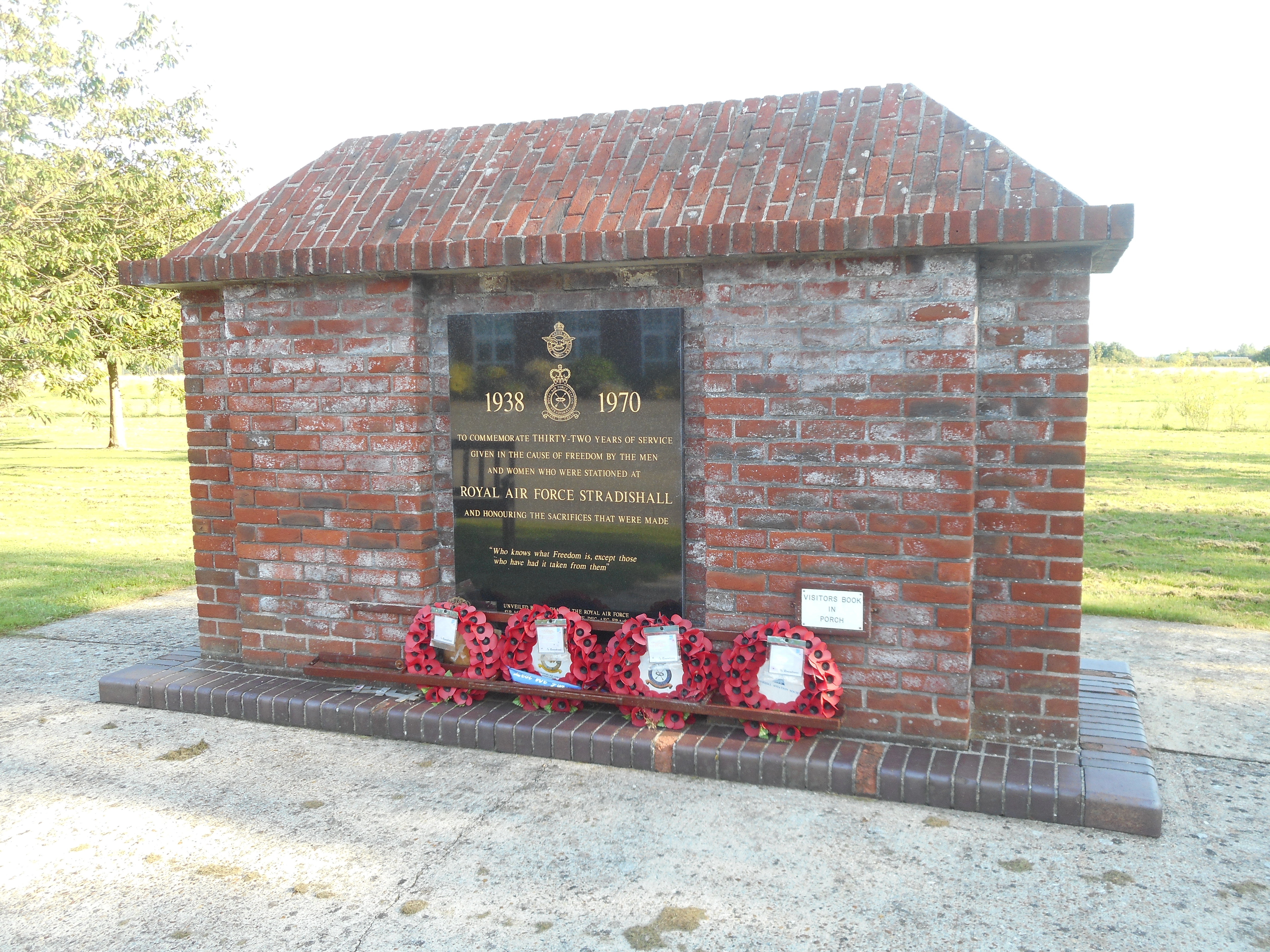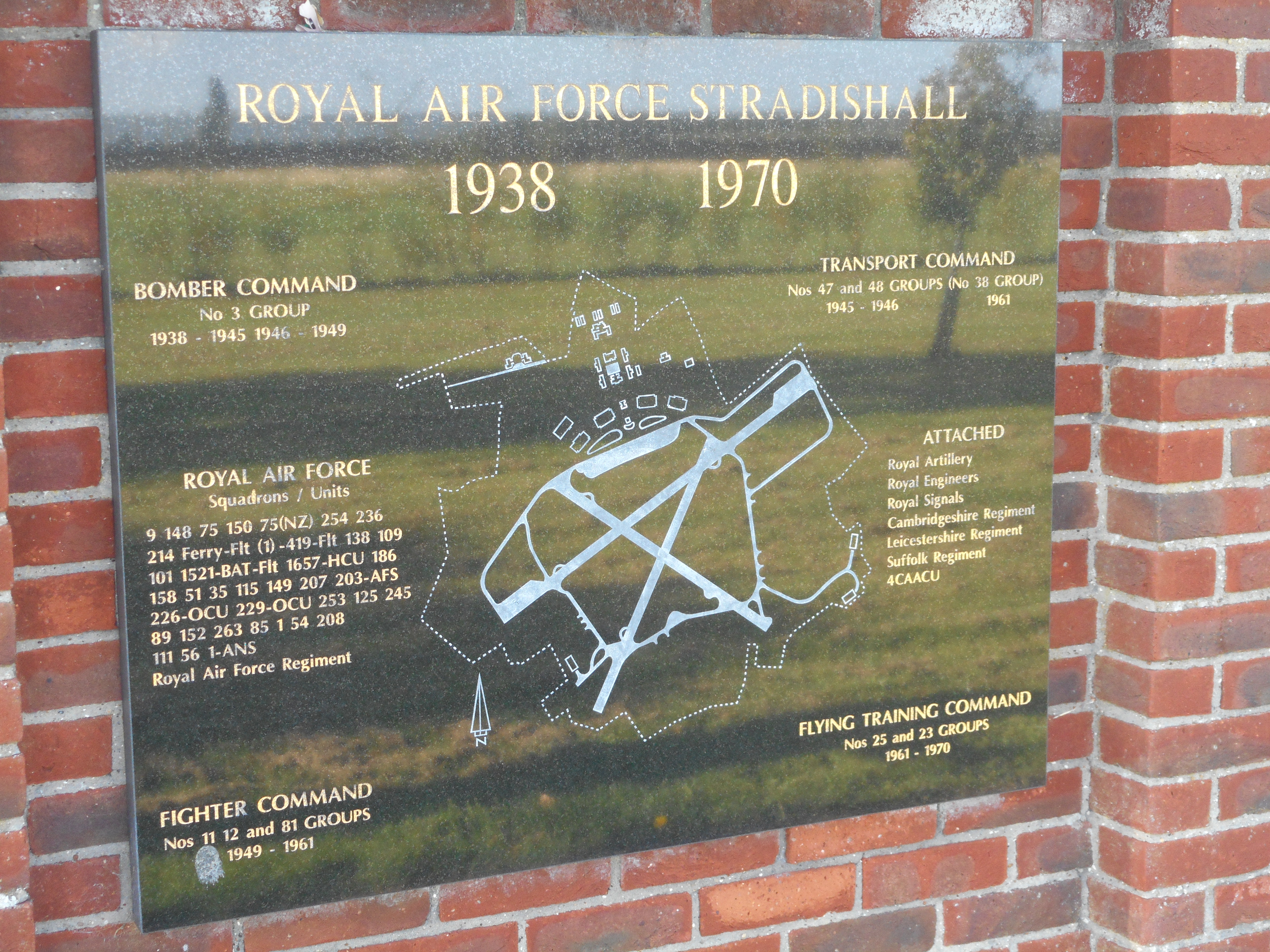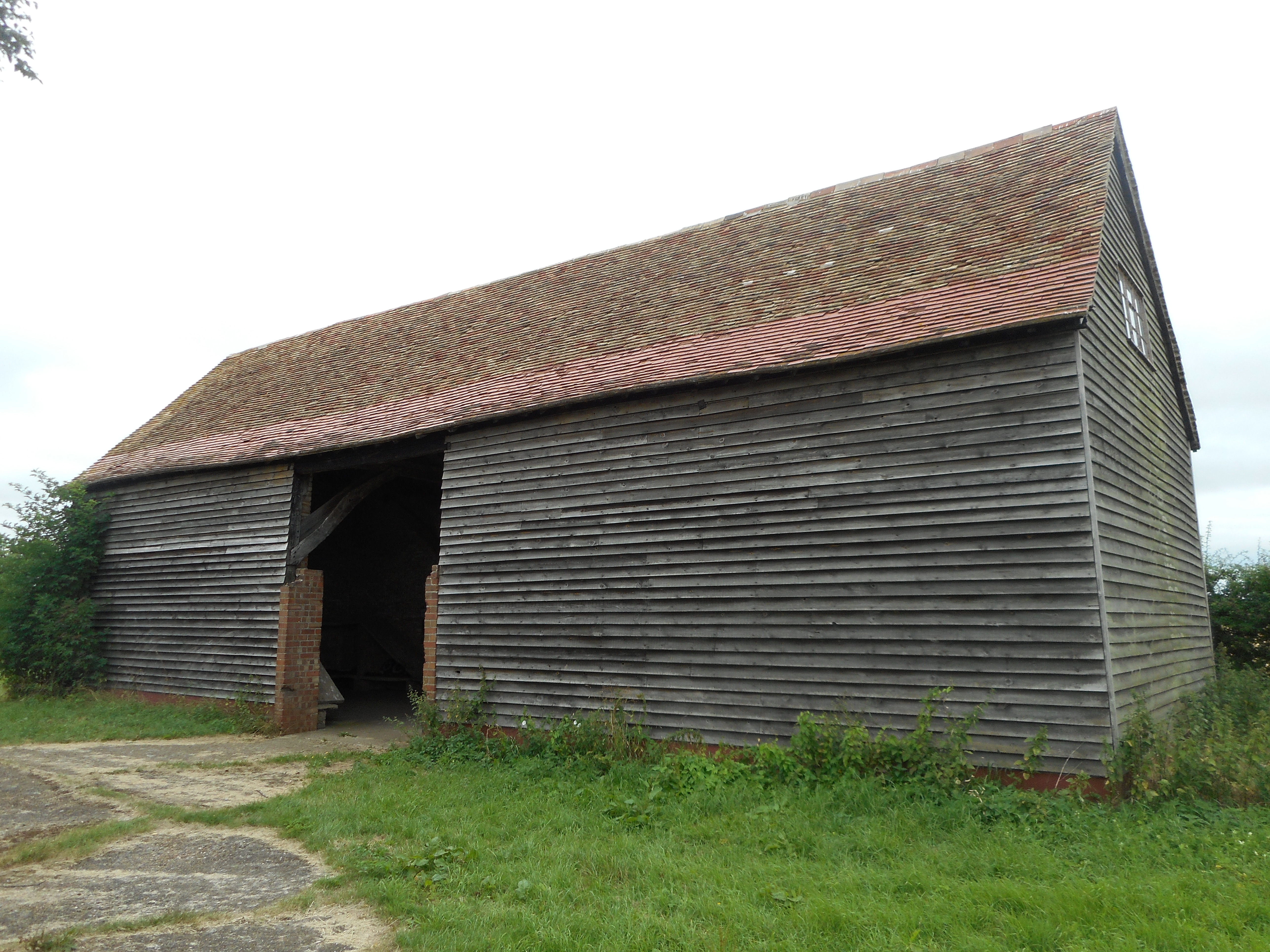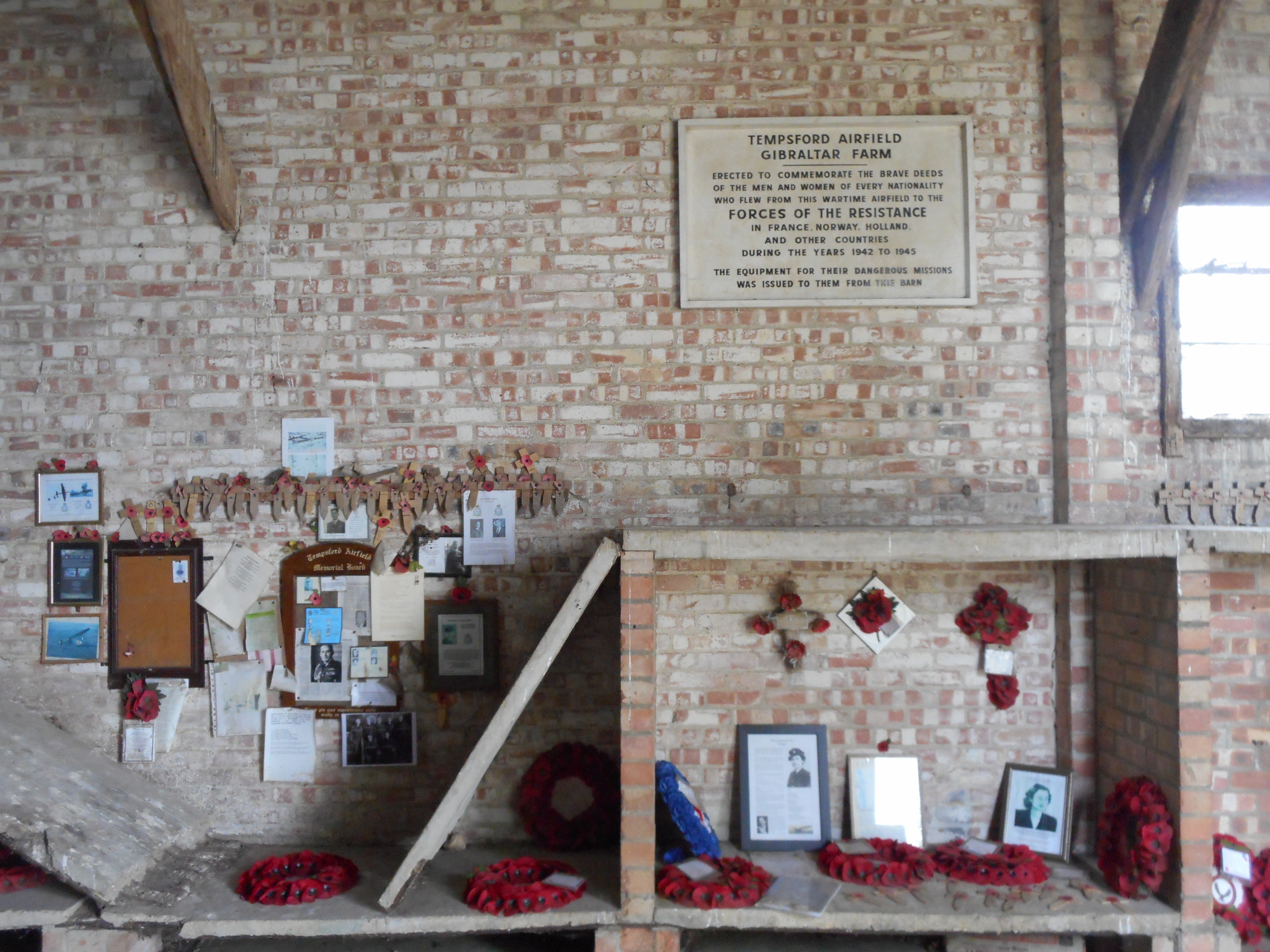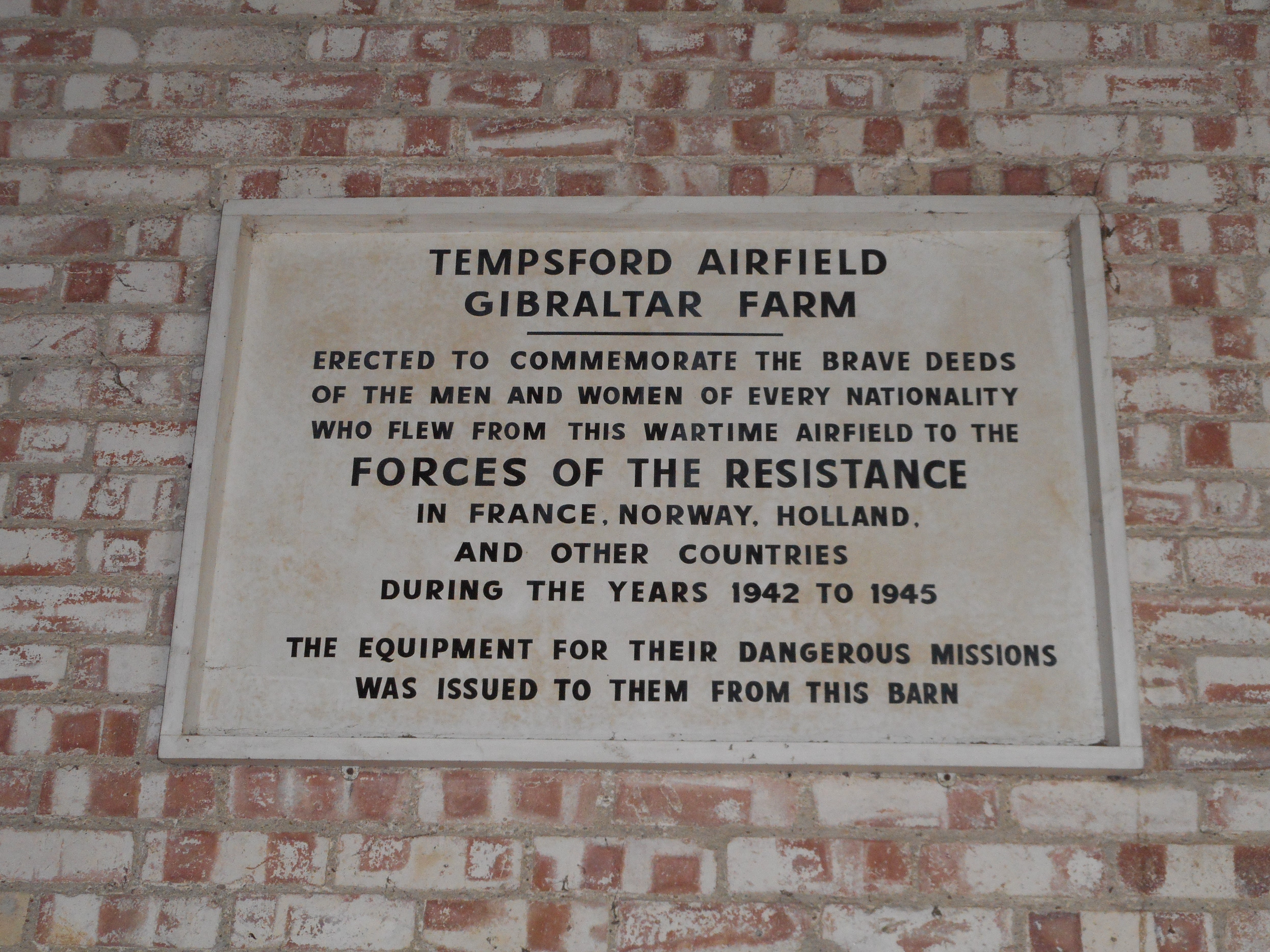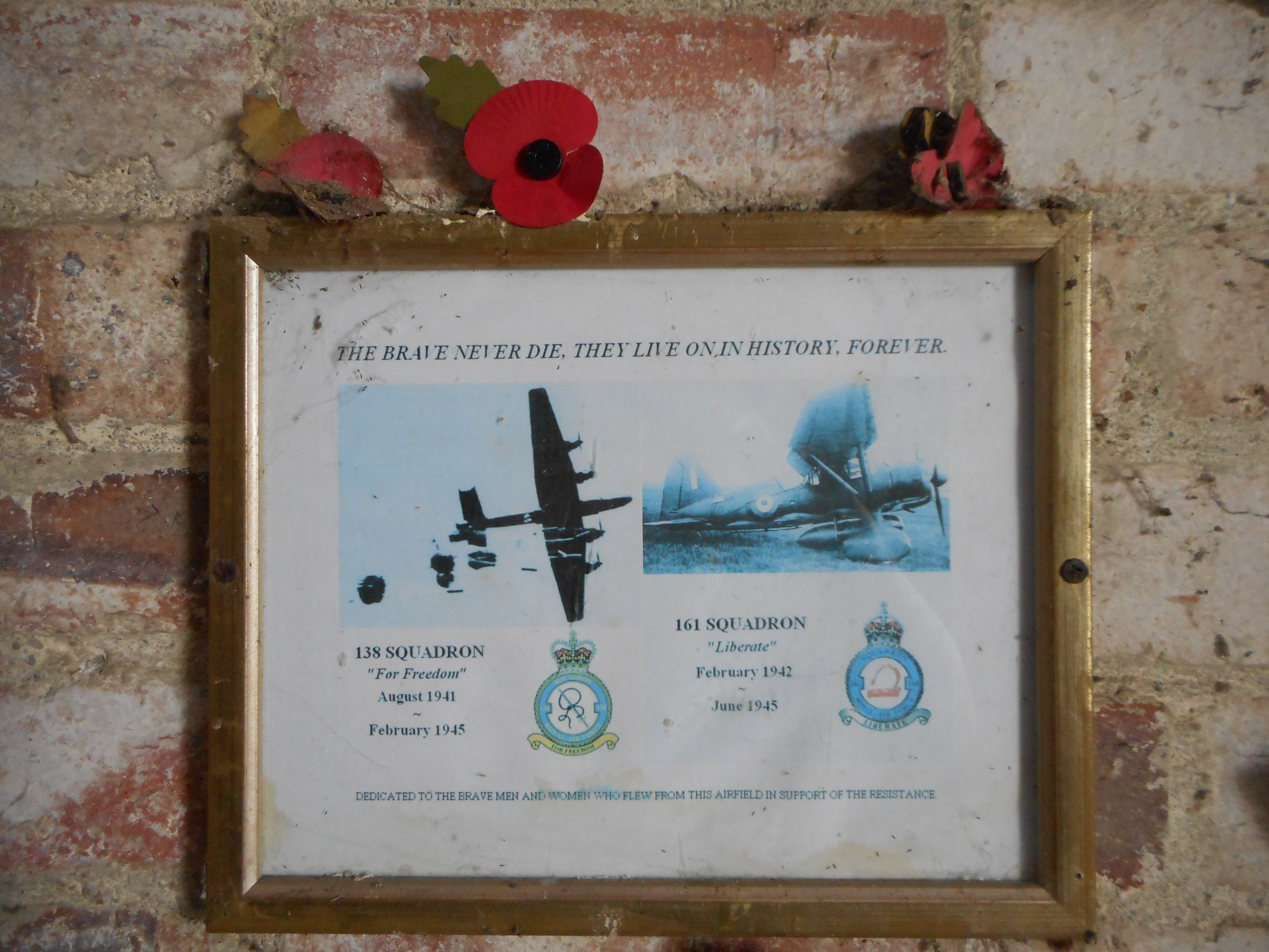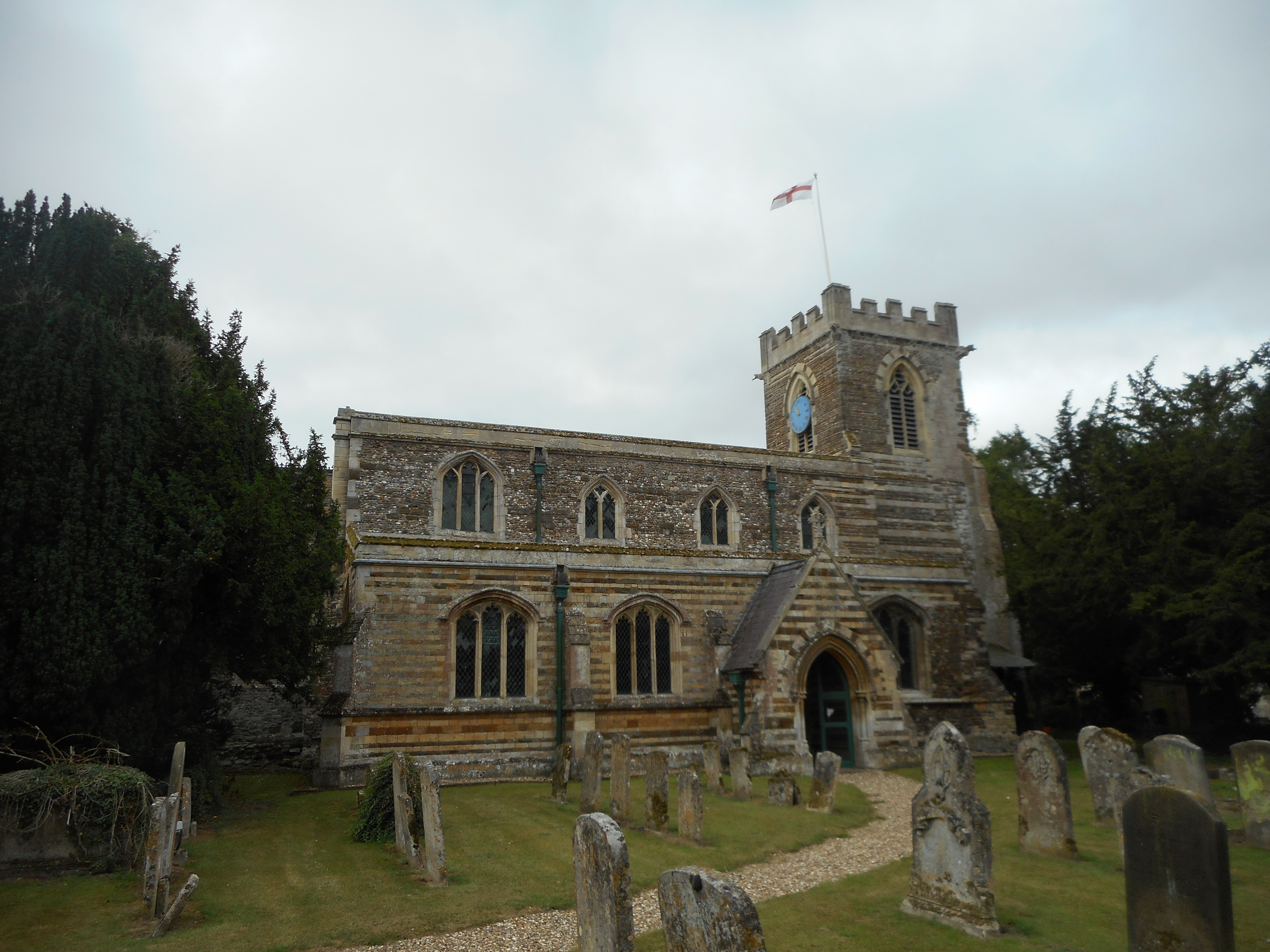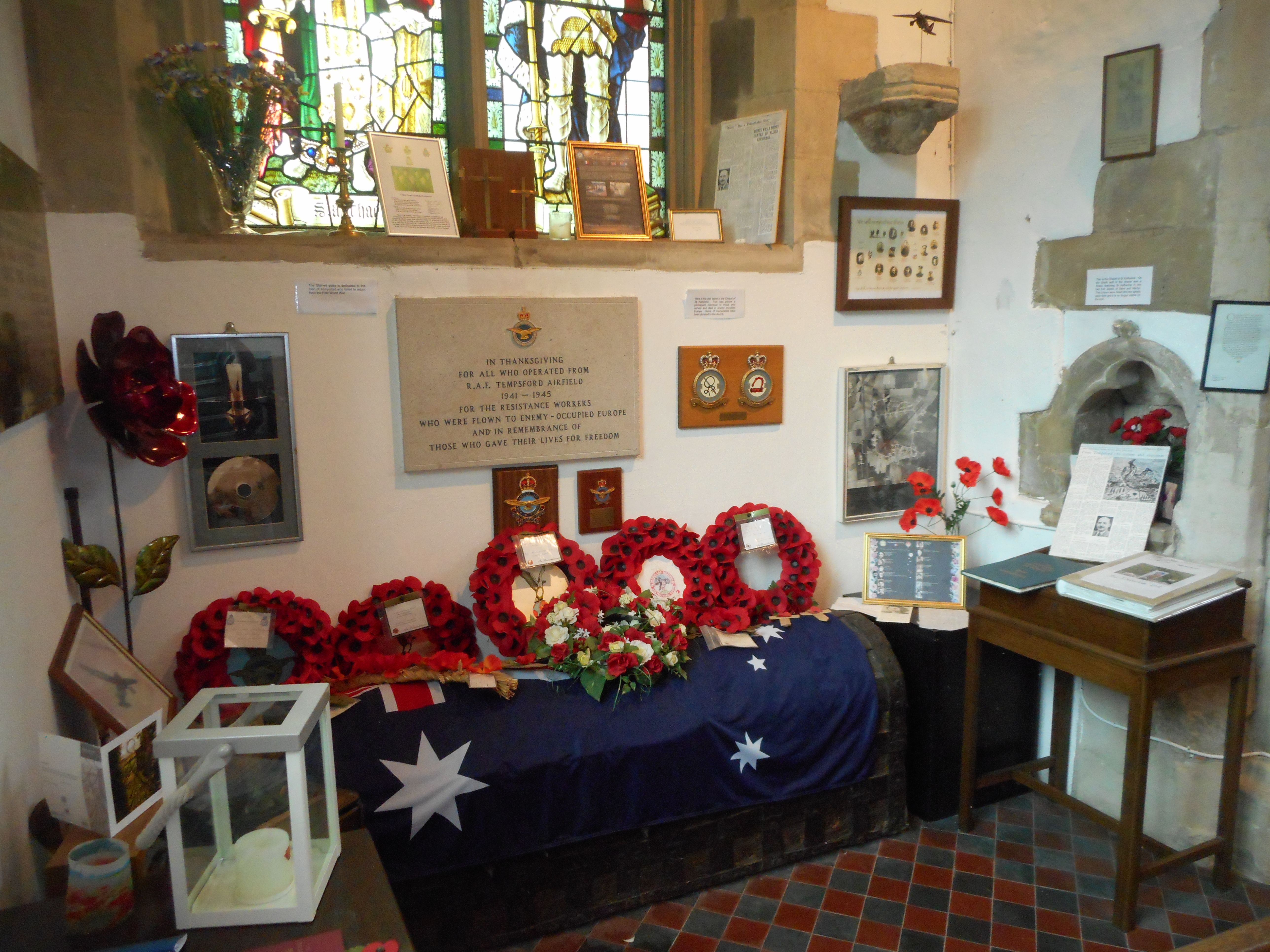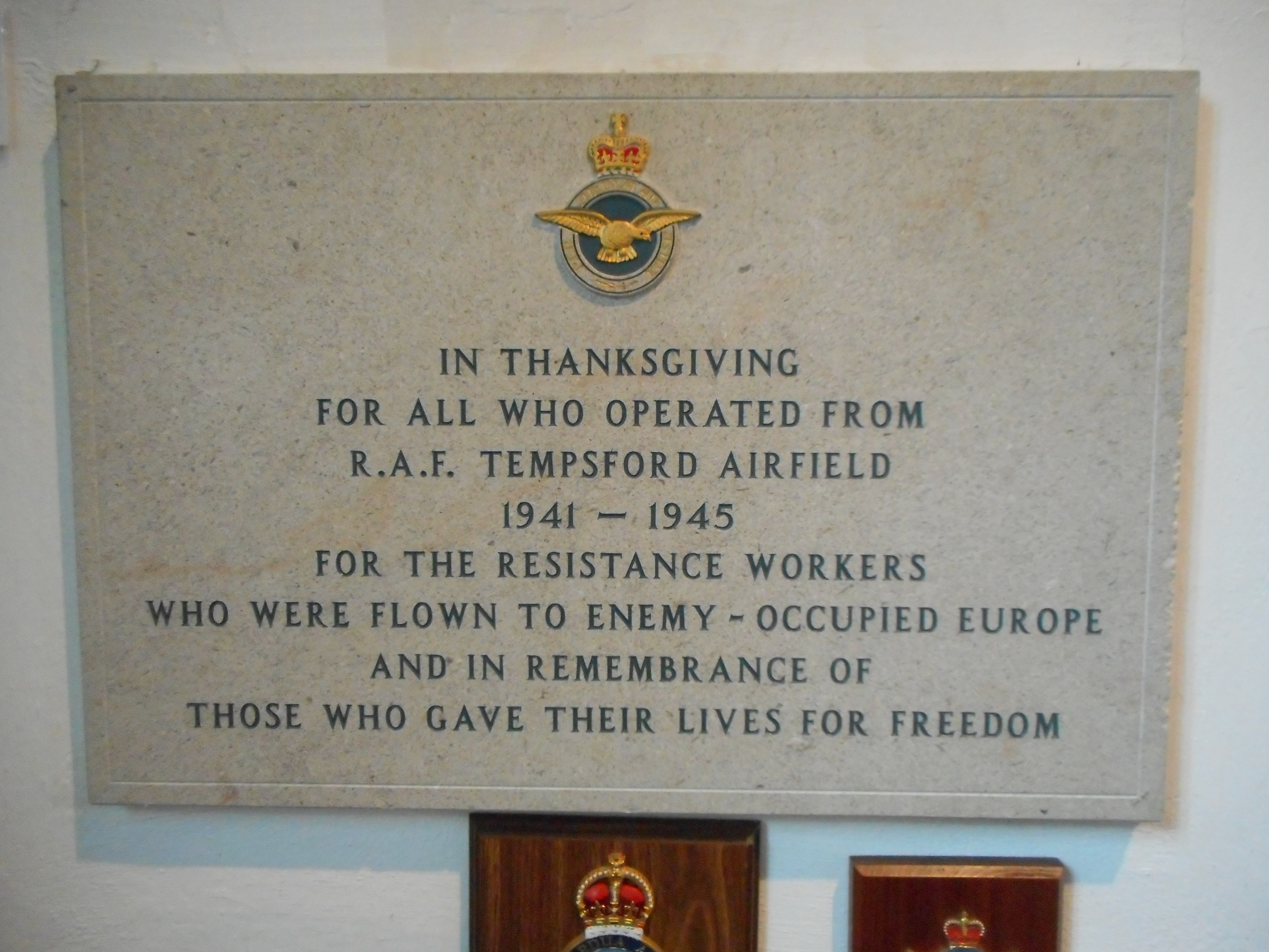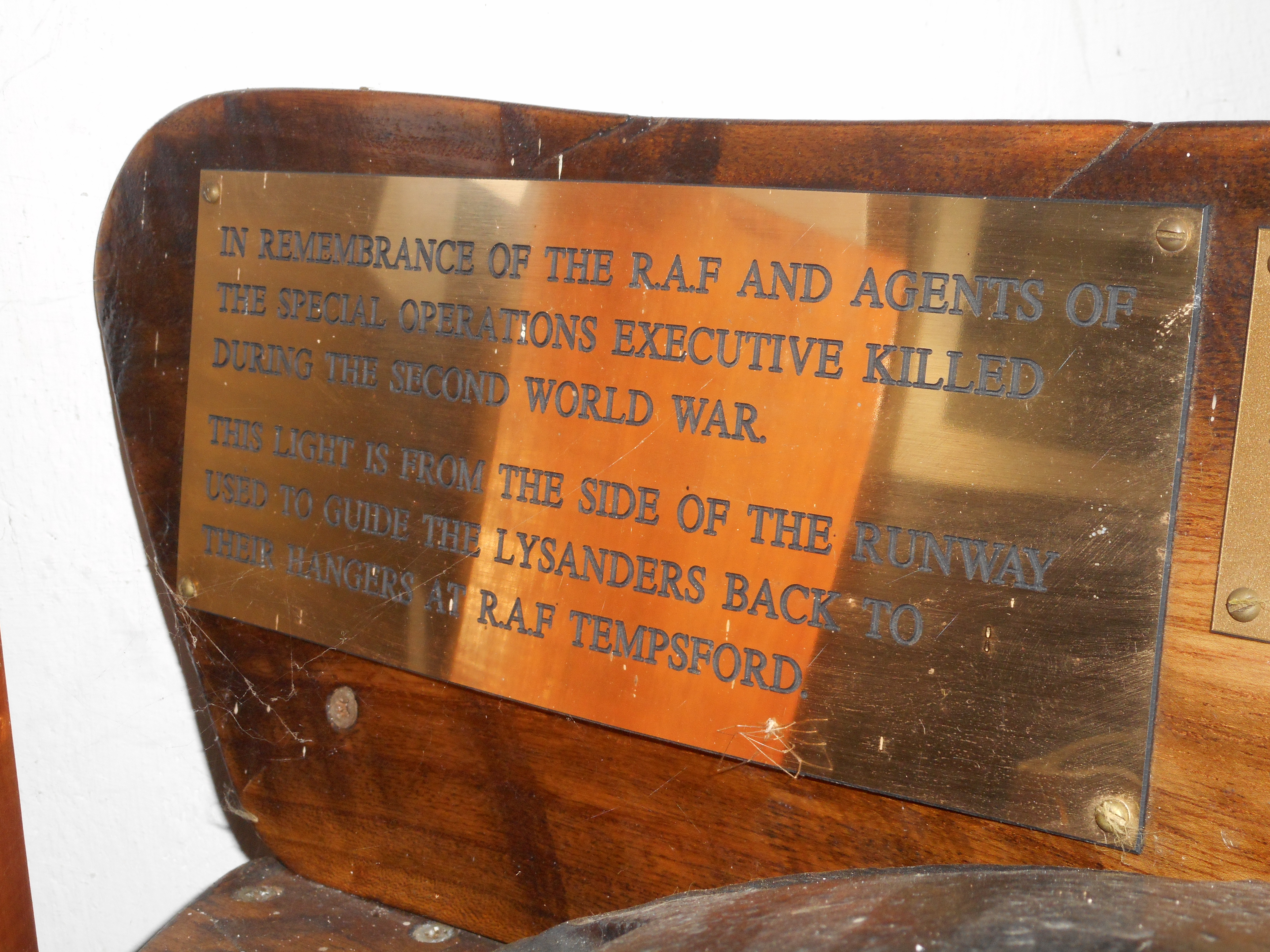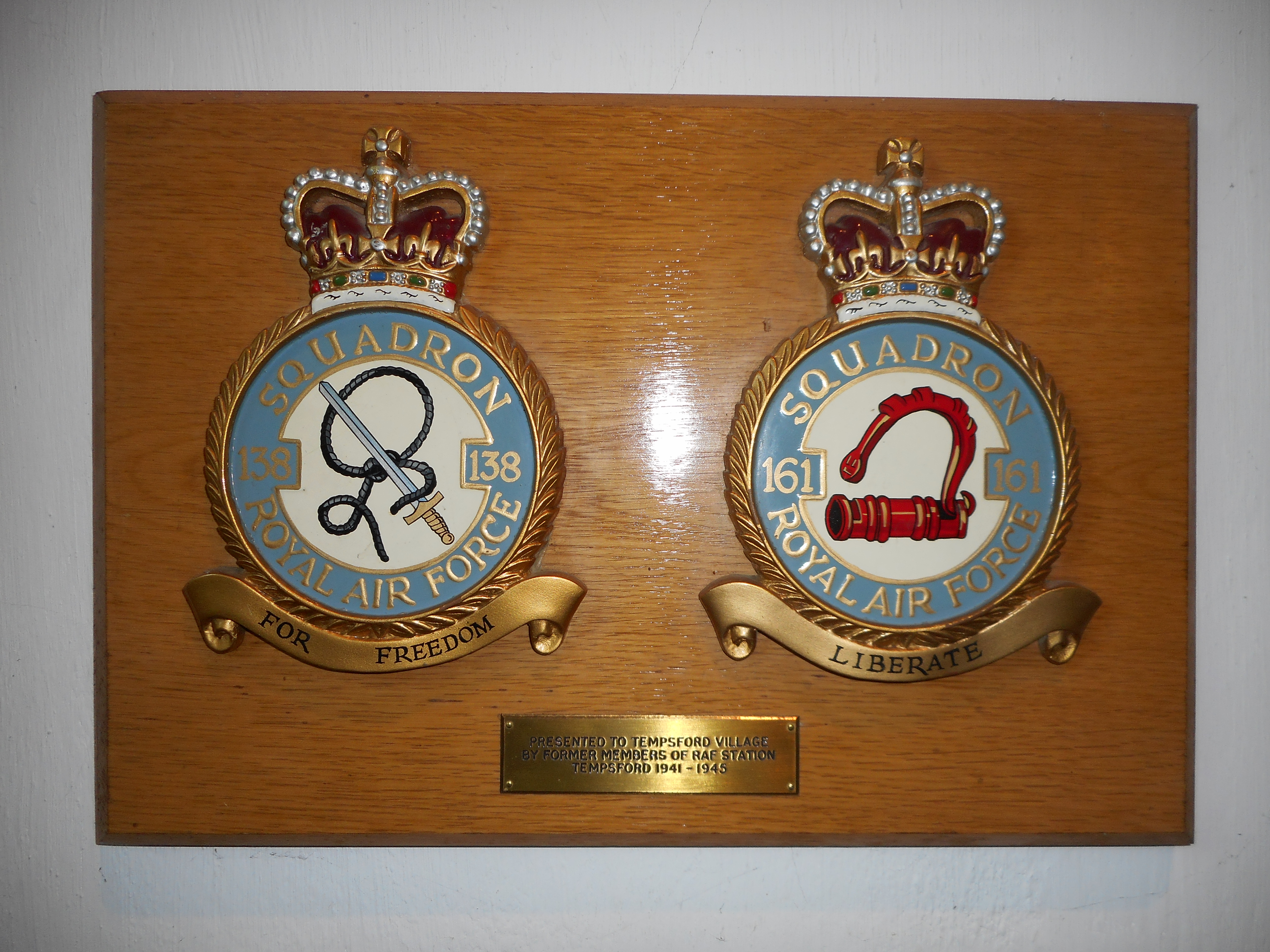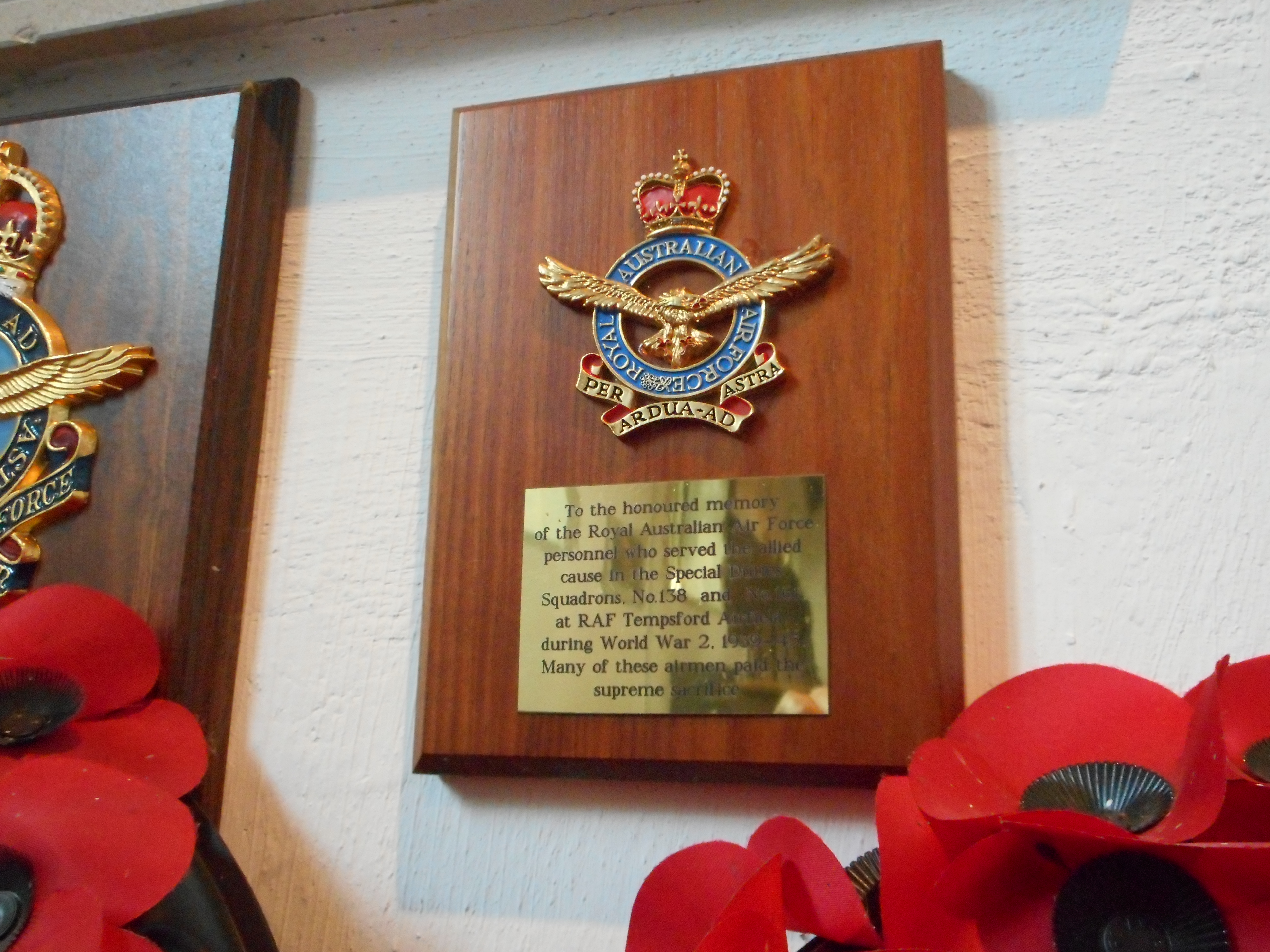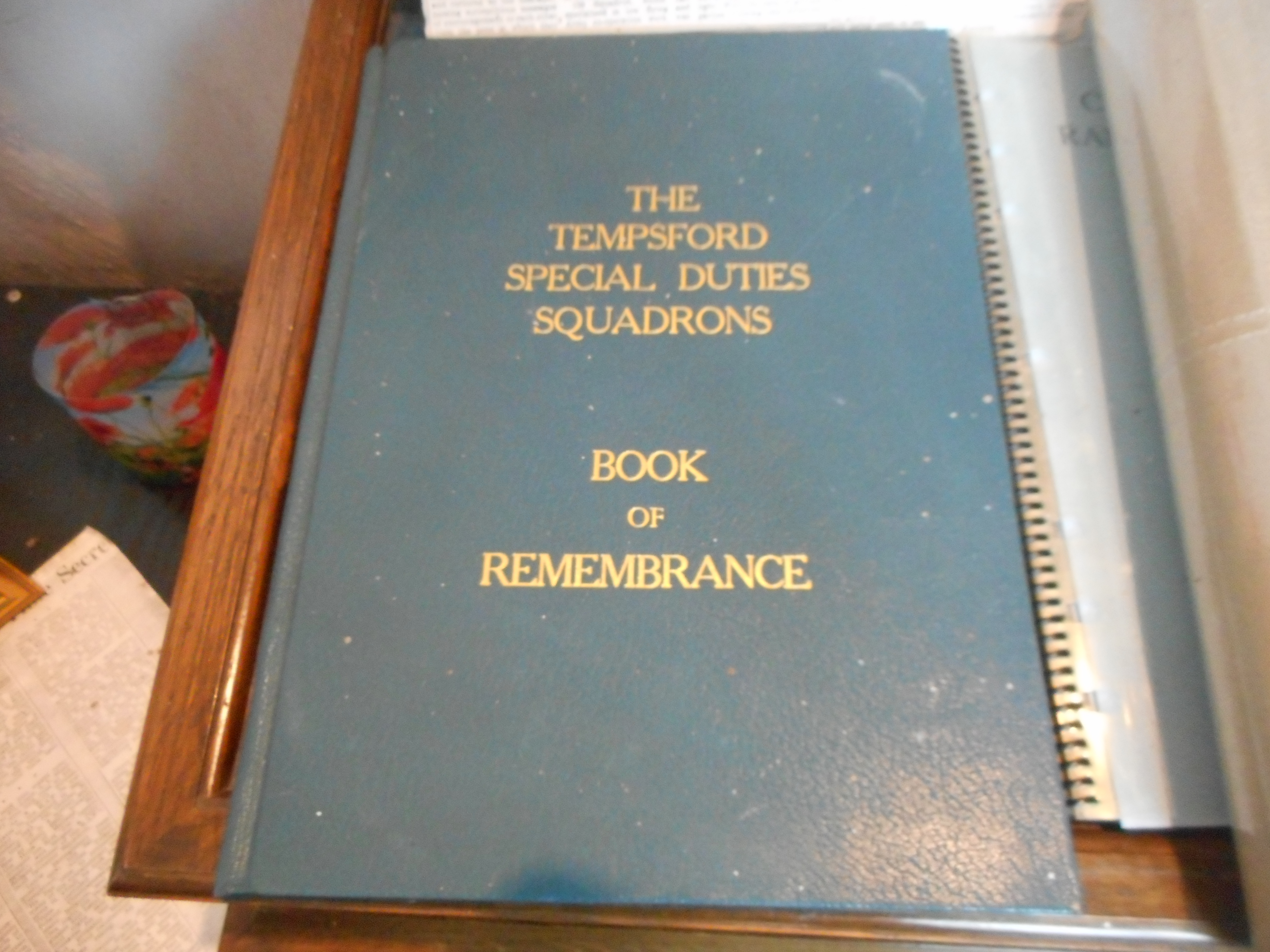| Born 12 July 1904, in Denmark. After graduating in 1923, he studied grocery in Køge and later became a student at Bregentved near Haslev, where he became forester. In 1929 he traveled to Malaya to lead a rubber plantation and in 1932 he married a Scottish-born doctor Anne Connan and returned with her to Denmark to lead a sawmill at Vordingborg. In 1934 the couple traveled to London and Bruhn began studying to be a doctor. By the time war was declared, Bruhn had completed his medical education and was attached to the Special Operations Executive (SOE), where he quickly gained the rank of Captain and became the leader of a team with Mogens Hammer and Anders Lassen.
In 1941, the Danish section of SOE began working on plans for the first drop-off of SOE agents in Denmark. Bruhn became the leader of the small group that also consisted of Mogens Hammer, a wireless operator. A forested drop zone was chosen near Haslev, in an area that Bruhn knew well and where he had good contacts. |
| To mask the drop, the aircraft first dropped four 250-pound bombs on Masnedøværket at Storstrømsbroen from 1,000 feet. One bomb detonated in a field, another about 150 yards from a transformer and the last two failed to detonate. When the drop zone (Torpeskov east of Haslev) was sighted , the aircraft descended to a height of 500 feet and Bruhn and Hammer jumped from the aircraft. Bruhn's parachute did not open because the static line came away inside the aircraft and fell to the ground with him (at that time there was no safety catch on the snap hooks and this made them prone to detatching due to 'whip' in the line). Hammer landed safely and searched for the body of Bruhn and the package which was also dropped by parachute containing the wireless set and numerous firearms, including a novel cable-fired pistol which strapped to the body to enable it to be shot even when assuming the 'hands up' posture. Hammer removed the papers and money from Bruhn's body so we could find his way to Copenhagen from where he was withdrawn. |
| The loss of Bruhn was a bitter blow to the SOE, who had tailored the Danish operation around him, his intimate knowledge of the forests of the drop zone and his contacts in the locality. |
